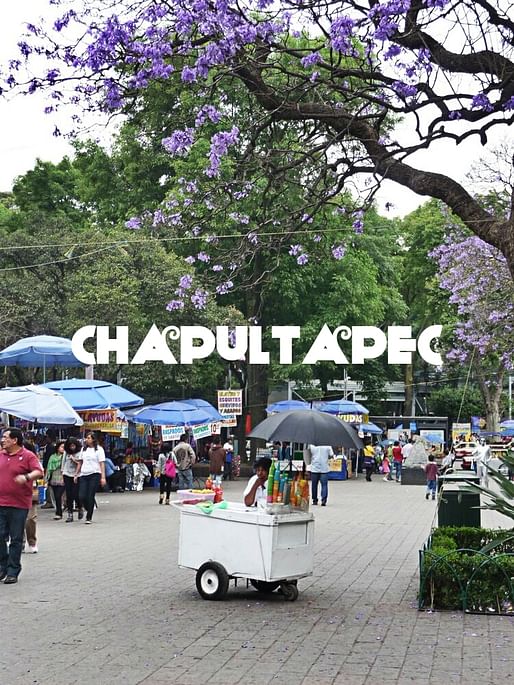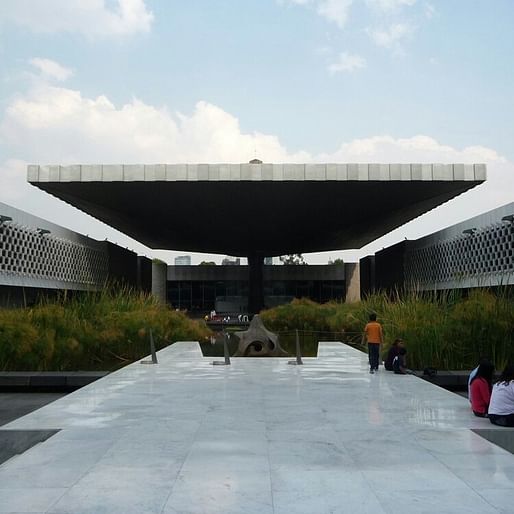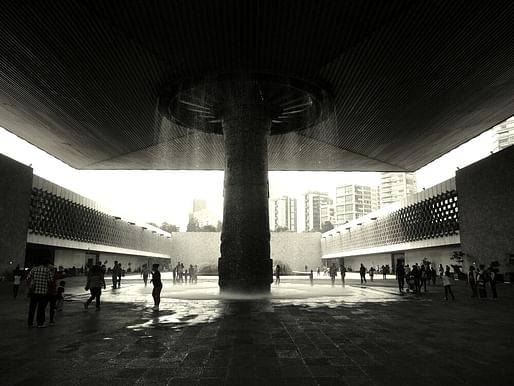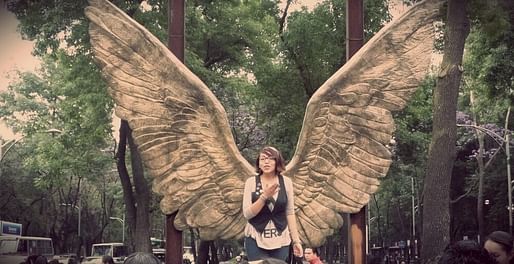
May '13 - Feb '16
Chapultapec is the sprawling city park at the end of Paseo de la Reforma. It’s at least a mile long and contains some major institutions such as the National Auditorium, the presidential houses, and the massive museum of Anthropology as well as the Mexico City Zoo and some lakes. There’s also some smaller museums, national memorials, and in the middle is a giant castle on a hill.

It’s a lovely place to walk. The scale of the places means that there are parts where you can stroll by yourself in the trees, and also major pedestrian paths filled with vendors and carts. This is a major weekend spot for families apparently, lots of kids and facepainting and cotton candy and toys. It’s incredibly active as you might imagine, although the space means that if you ever feel overwhelmed, you can step off into a side path and get some breathing space.

The museum of anthropology is worth visiting just for the architecture. It was built in the 1960s by a prominent Mexican architect whose name escapes me, but its a fantastic example of Latin American mid-century modernism. It’s a huge but simple complex based around a massive courtyard. After you pass through the entry/ticketing area, you step into the immense courtyard and immediately you are under an immense unbrella held up with a giant column which is surrounded by a waterfall. It’s an incredible space.

The halls are arranged somewhat chronologically. They have a wide variety of permanent exhibitions, focusing naturally on the pre-hispanic cultures of Mexico. It’s no secret that the Mexica (aka Aztecs) is the highlight of the museum. The exhibition hall is the largest, marked at the entry by a white marble plinth, at the end of the axis of the museum opposite the entrance the umbrella. They have some amazing pieces of sculpture and carvings and pottery, as well as the massive Sun Stone, the 20’ wide round slab inscribed with the Aztec calendar which was used in ritual combat and human sacrifice.

I’m very curious about how contemporary Mexicans view themselves in the context of both Cortes and the Aztecs. It’s seems as though there is a very strong identification with Aztecs- the major stadium here is the Azteca, and Aztec signs and symbols are everywhere, not to mention the adoption of the language of the Aztecs for place names, streets, and cities. The flag and coins of Mexico feature the iconography of the Aztec mythology.
What little I know of the Aztecs seems hardly commendable. While they were adept city builders, they were also cunning and shrewd strategians, both in war and commerce. Most admired and vernerated were the warrirors who were most bloodthirsty and self-sacrificial. I just can’t lionize a society which was based on regular and frequent human and child sacrifice. It’s easy for me, a contemporary American, to condem the Aztec culture…. but it seems like all the other tribes of the area were pretty horrified too by thier bloodlust.
And then along come Cortes, a paragon of decency, humility, and humanity, if ever there was one. (Heavy sarcasm). ‘m still looking for a good book on Cortes and the fall of the Aztec empire.

Urban and architectural explorations from Mexico City to Stuttgart Germany through the eyes of a iterant architectural designer
No Comments
Block this user
Are you sure you want to block this user and hide all related comments throughout the site?
Archinect
This is your first comment on Archinect. Your comment will be visible once approved.